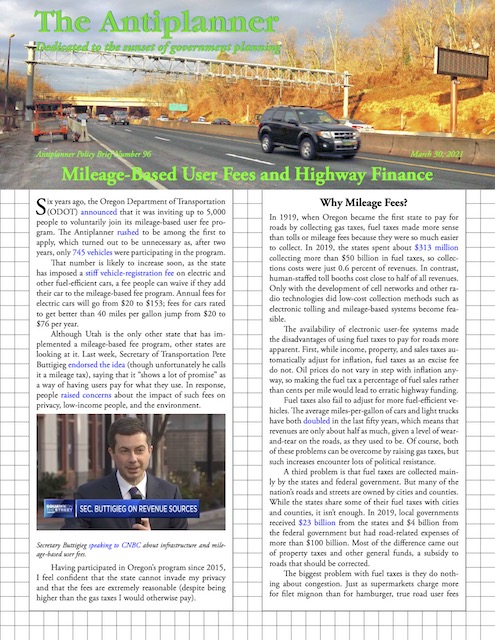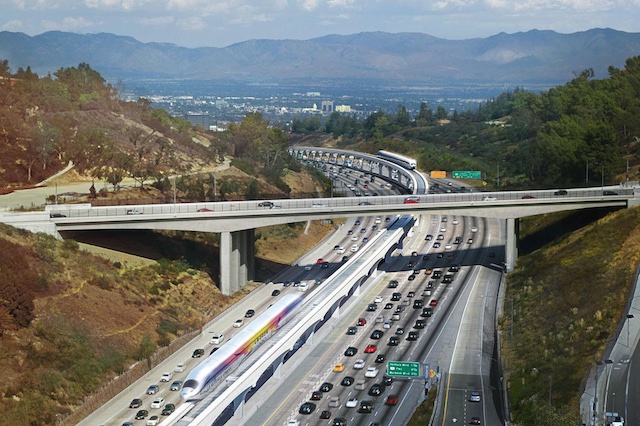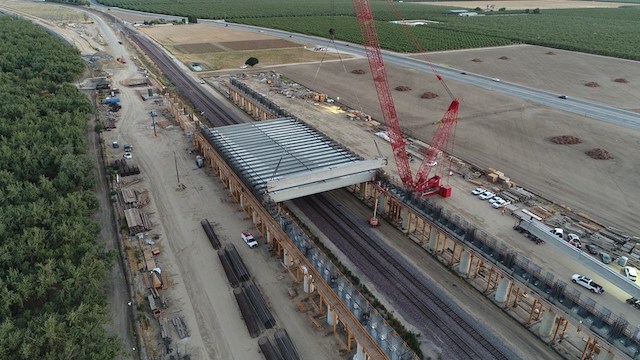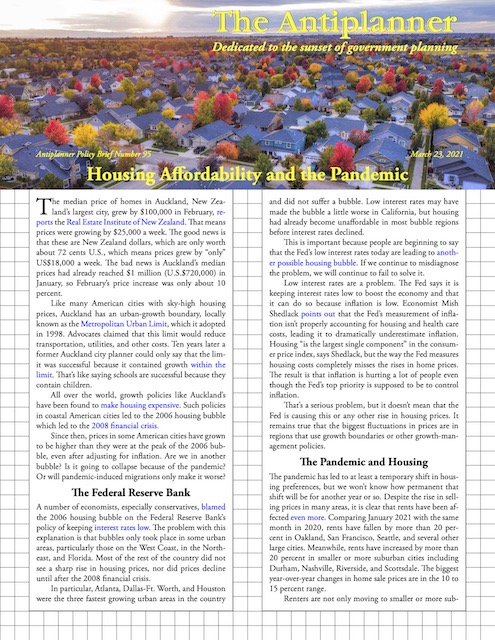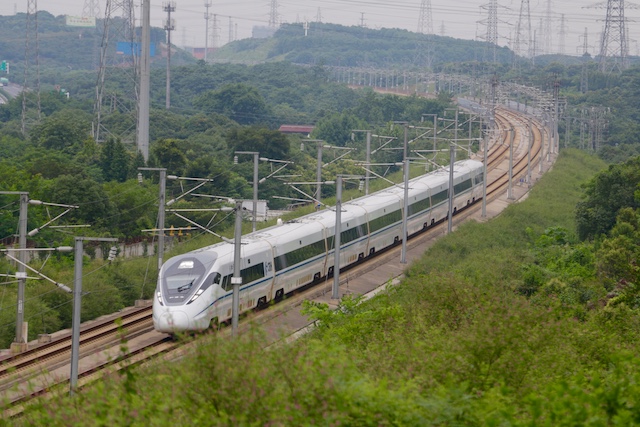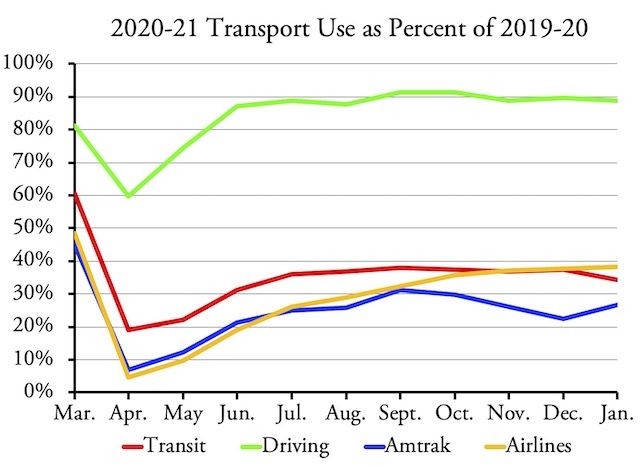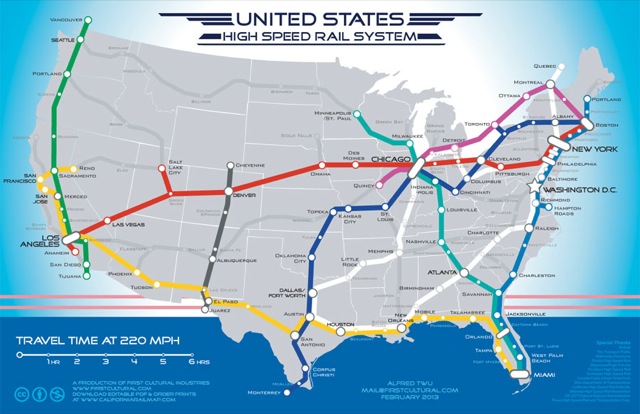Democrats want to build more transit infrastructure in order to reduce greenhouse gas emissions. The only problem is that transit emits as much or more greenhouse gases, per passenger mile, as the average car. In fact, transit is less climate friendly than driving in all but a handful of cities.
Now, a new report from the Transit Cooperative Research Program of the National Academy of Sciences attempts to quantify how much greenhouse gas emissions transit can save. Using data from the American Public Transportation Association, the report observes that each passenger mile carried by transit represents a reduction of just 0.329 vehicle miles of automobile travel (page 14). Apparently, about 60 percent of those transit trips would, in the absence of transit, otherwise be walking or cycling trips or would not take place at all.
That means that transit is a huge net generator of greenhouse gases. In 2018, the average car emitted 202 grams of carbon dioxide per passenger mile. In 2019, transit did better than that only in the New York, Philadelphia, San Francisco, and Portland urban areas. The average light truck emitted about 241 grams; transit did better than that only in the above urban areas plus Atlanta, Boston, and San Jose. Continue reading

